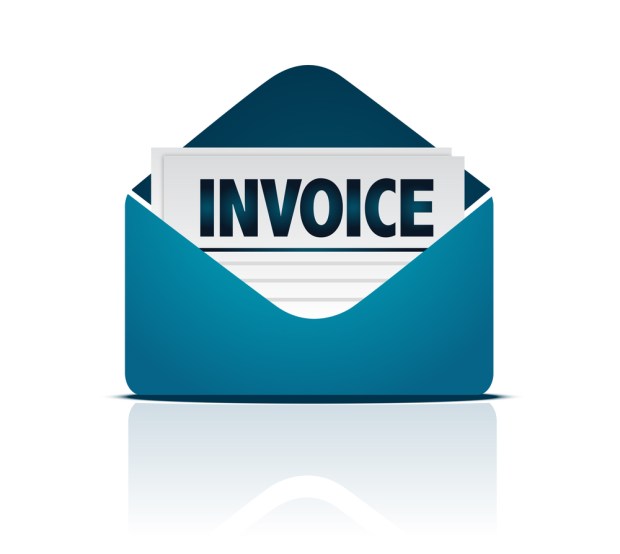Xerox Pushes For Corporate ePayments With Tradeshift

Xerox is in an aggressive push to take a leading position in the digitization of the enterprise. The firm revealed plans earlier this year to split up into two separate companies, both focusing on business services, with one zeroed in on helping corporations make the digital migration.
The company spoke with PYMNTS this month to discuss the role that digital documentation and processes can play to help businesses improve cash management and spend visibility. On Thursday (March 24), Xerox revealed its latest move in this initiative: a partnership with eProcurement firm Tradeshift.
According to reports, Xerox will integrate Tradeshift’s cloud-based solutions into Xerox’s own suite of corporate services in an effort to automate workflows in the procurement and accounts payable departments.
“A digital finance and procurement culture provides a clear competitive advantage,” stated Xerox Finance Group President of Accounting and Payment Services John Gentry. “We’re offering agile processes to improve cycle times and reduce the cost and reliance on paper invoices, while delivering real-time insights.”
Tradeshift provides corporations with a digital platform to link corporate buyers and suppliers, which also supports payment capabilities to round out the procure-to-pay process. Adding these tools into Xerox’s existing accounting and procurement services is a move that will champion the spirit of collaboration, according to Tradeshift Chairman and CEO Christian Lanng.
“Network and collaboration models are pervasive in our personal lives, and businesses are now ready to digitize their supply chains,” he said. “Our clients will benefit from streamlined and intuitive processing across every aspect of corporate buying and supplier management, greatly improving work life, agility and bottom lines.”
A recent study published by Xerox found that manual and paper-based processes continue to plague the financial departments of businesses.
“While organizations have ambitions for a lean and agile digital future, their present is still badly weighed down by paper,” the company’s report concluded. “Not only does this undermine productivity by perpetuating a slow and expensive manual process, it’s oh so wasteful: Easily half of the paper we print at work is used once then thrown away.”
